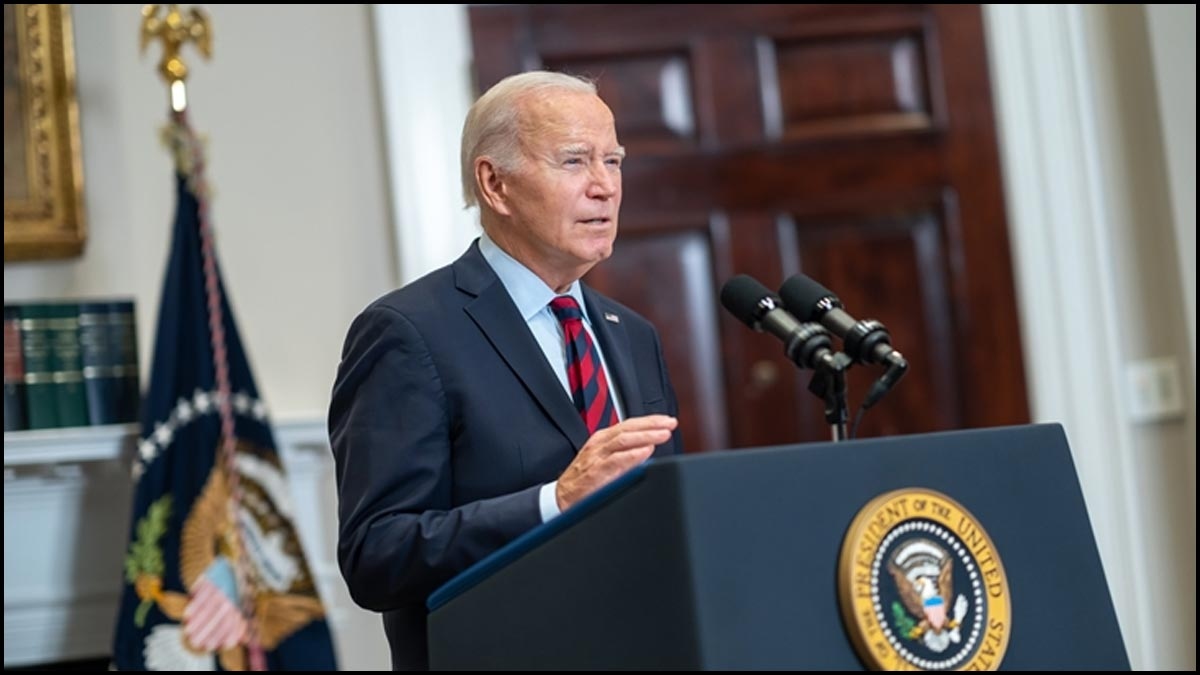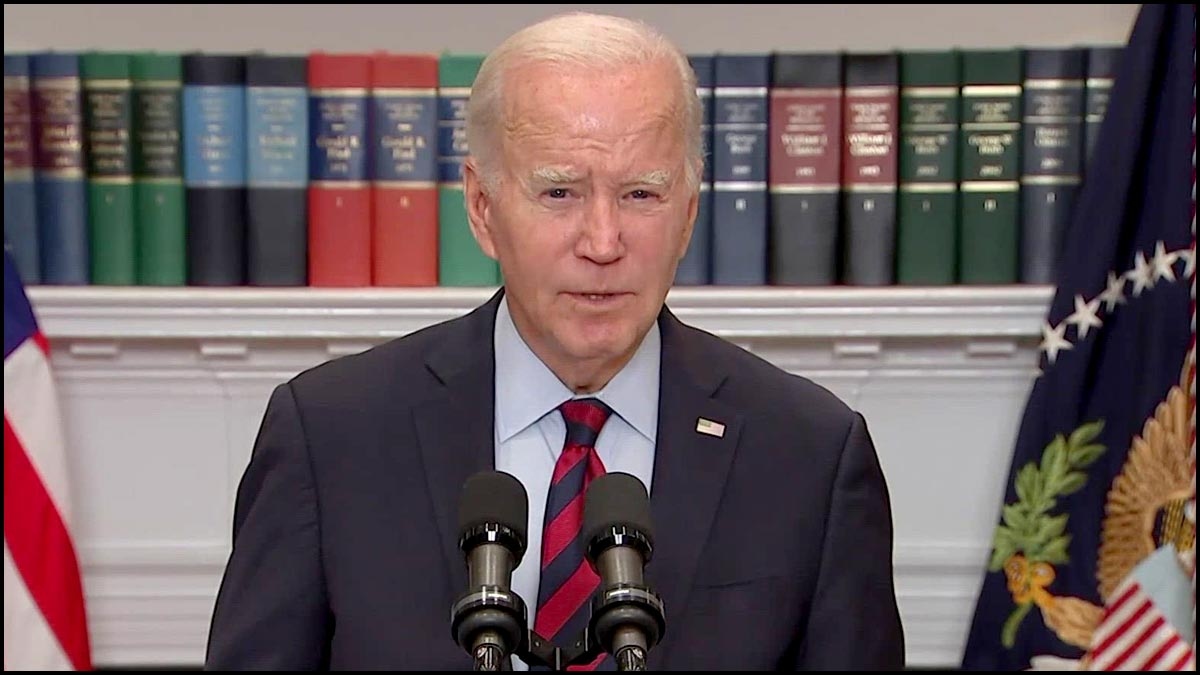
The Biden administration waived 26 South Texas federal laws to build a border wall. This is a major executive action reminiscent of Trump’s.
The DHS announced the building in Starr County, Texas, a high-illegal entrance zone along the border. According to the Rio Grande Valley Sector, which includes Starr County, 245,000 illegal entries have occurred this fiscal year.
DHS Secretary Alejandro Mayorkas announced the necessity for physical barriers and roadways along the border to prevent illegal entry, but provided few details.
A 2019 legislative allocation waives the Clean Air Act, Safe Drinking Water Act, and Endangered Species Act to allow construction. These waivers aim to speed up development and avoid environmental lawsuits.
Starr County, with 1,200 square miles of mountainous ranchlands, has a 65,000 population. Customs and Border Protection (CBP) announced the project in June and solicited public opinion in August without maps. Up to 20 miles of work will begin south of the Falcon Dam and pass into Salineño, Texas.

Starr County Judge Eloy Vera and environmentalists worry about the erosion-prone area’s impact on wildlife habitats. Wildlife migrations, endangered species like the Ocelot, and refuge lands could be affected by the wall.
Biden’s decision contradicts its previous border wall stance. On January 20, 2021, the administration declared a large border wall ineffective. The government claims that using 2019 funding for border barrier construction is consistent with its earlier statement.
Critics called the move a 14th-century response to a modern problem, sparking political discussion. Advocates say it signals a policy shift and acceptance of the wall’s border security.
Immigration has grown in recent months, especially near Eagle Pass at the end of September, making the border wall a contentious topic for the Biden administration.

